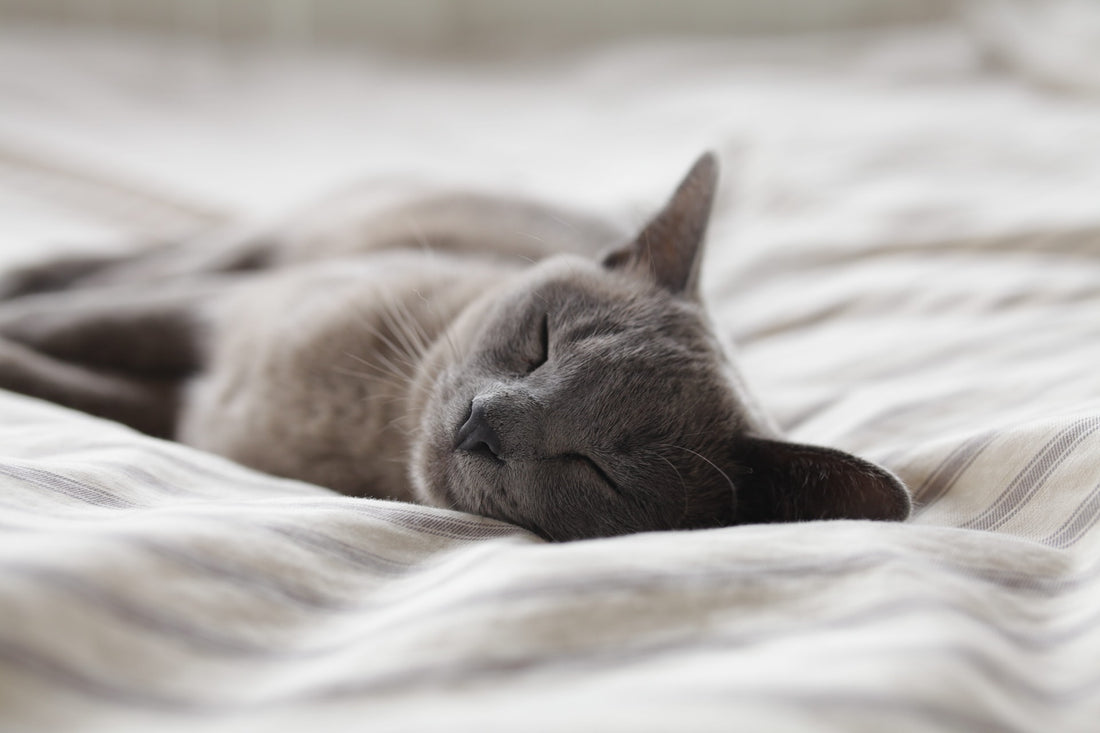
Lights that help you sleep
Share this blog
It is starting to become common knowledge that looking at your phone too late at night isn't good for helping you to get to sleep. You remember hearing something about blue light being bad for you... This guide will explain the effects different light has on you and how simply changing your light bulbs can have a huge impact on your sleep and overall wellbeing.
"Spare me the details, I just want to know what bulb to get" - that's fine, jump straight to our summary by scrolling to the end of this post.

Blue light - the sun is up and it's time to start the day!
Blue light is not actually seen as blue. Sunlight is mostly blue light so when you are using blue light in your home, which most of us do in artificial lights, you are telling your body its morning and time to start the day. Blue light suppresses the body's release of melatonin (the sleep hormone) so it's really unhelpful when you are trying to wind down and rest your body. That is why it can be incredibly beneficial to use bulbs that block blue light.
Green light - it's daytime.
Green light is also found in artificial light and it also disrupts the melatonin release in your body. It is similar to blue light but not quite as impactful. If we are in a situation where we need to get up in the night then being exposed to green light will inhibit that sleepy hormone and make it harder for us to fall back to sleep quickly.

Amber light - let's start winding down.
Amber light is very similar to that of candle light. You know the winter's evenings when you sit in front of the fire with just a few candles burning and have that lovely calm sleepy feeling...that is because amber light doesn't have any of the 'wake up' blue light in it. It does still have some green light but zero blue light. Amber light promotes the body's release of melatonin and helps your to fall asleep more easily.
Red light - the sun is setting and it's time to go to sleep.
Red light represents sunset for your body, it has all blue light AND green light removed. It stimulates the production of melatonin, that sleepy hormone that can be blocked by other light. We are programmed to fall asleep shortly after sunset and so using red light a few hours before your desired bedtime can help calm the body and promote falling asleep. Its biggest asset though is being used throughout the night if you wake up. By eliminating all blue and green light during any night wakings, the red light will keep the melatonin flowing and get you back to sleep quickly and easily.

Sleep is extremely important for overall health and wellbeing. This is why we now offer specific bulbs that can be used with our lights to help you have a more restful sleep and wake up feeling refreshed.
Blocks 100% of blue and green light and is ideal for using a few hours before bed and during the night to promote sleep. Use as bedside lights, as a nightlight for children or babies during night feeds.
Bio Light - sunlight / low blue / zero blue.
A pioneering bulb that from the click of your switch swaps between three light types. The first represents the full spectrum of light and so is a natural sunlight replacement. It will wake you up, help improve your mood on winter's days and boost your energy. The second is a warm low blue light similar to that of standard artificial bulbs. It will provide sufficient light for all indoor tasks. The third is an amber light which has zero blue light so will help to calm and relax you and promote good sleep.